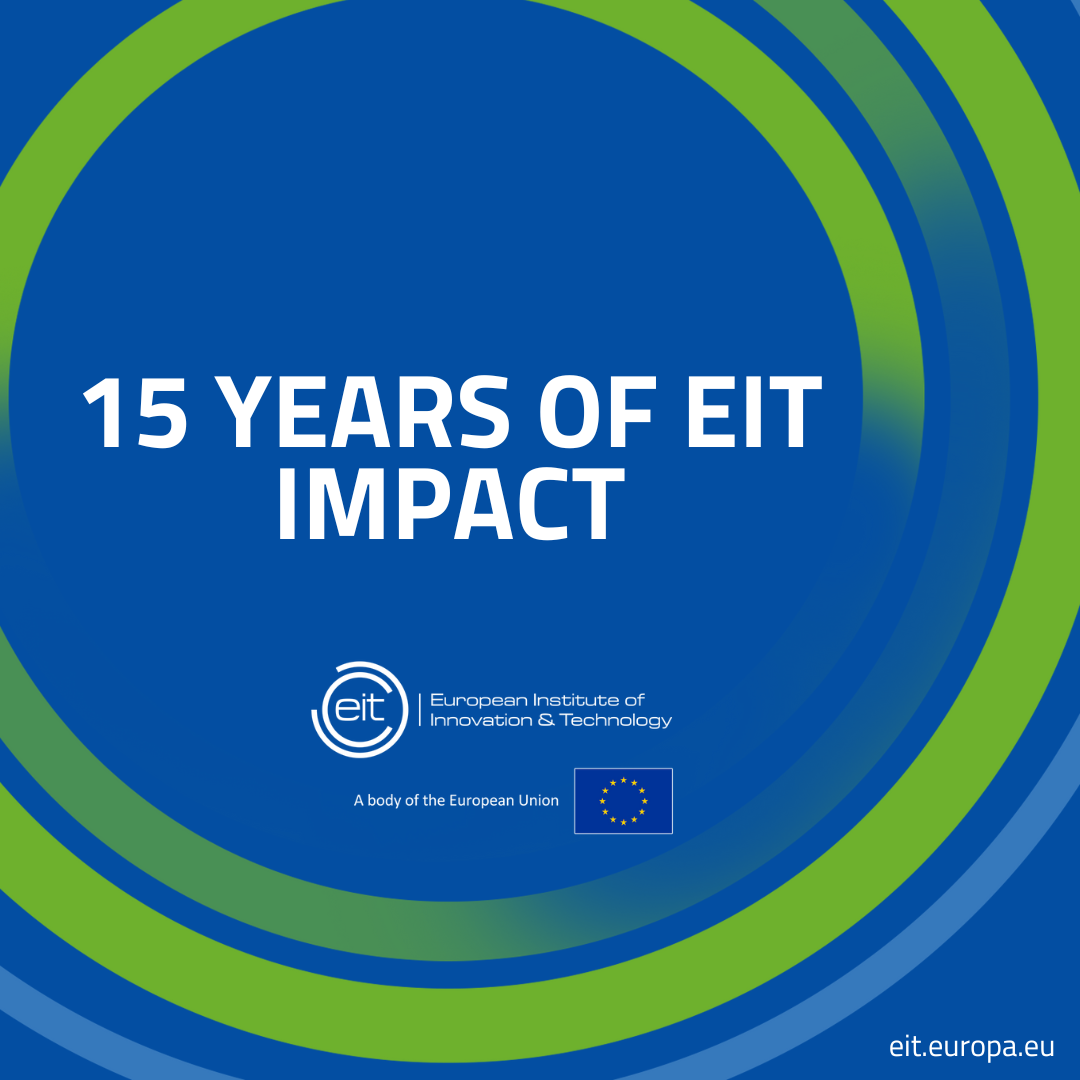EIT signs Memorandum of Cooperation with its first three Knowledge and Innovation Communities

The European Institute of Innovation & Technology (EIT) has signed a Memorandum of Cooperation (MoC) with its first three Knowledge and Innovation Communities (KICs): EIT Climate-KIC, EIT Digital and EIT InnoEnergy.
The MoC establishes that each KIC will continue to offer activities aligned with the EIT model (education, innovation and business creation) and remain part of the EIT Community as financially sustainable ecosystems, as their fifteen-year partnership agreements expire in 2025.
As an integral part of Horizon Europe, the EIT has strengthened the European Union’s competitiveness and growth since its inception in 2008. Through its large innovation ecosystem, the EIT is driving innovation to solve societal challenges. By establishing Knowledge and Innovation Communities (KICs), partnerships focused on thematic areas, the EIT has been able to support over 9 900 ventures, launch over 2 450 new products to market and train hundreds and thousands of learners in new skills. Thanks to early business creation support, EIT- supported companies and start-ups are currently valued at over EUR 72 billion. EIT Knowledge and Innovation Communities are built to become financially sustainable over a 15-year period, leveraging close cooperation between education, research and business.
An independent assessment found that the first three KICs have pioneered the EIT innovation model, reaching their 15th year of operation in good financial health, and that they have achieved significant impact for Europe in the fields of climate change, digitalisation and sustainable energy. Following this positive assessment, the EIT Governing Board has decided to sign an MoC with the first three EIT KICs.
EIT Knowledge and Innovation Communities are themselves an innovation –partnerships based on deep involvement of the private and public sector, ensuring everyone's interests are aligned on solving global challenges. This culminates in financial independence from EIT at the 15 year mark, this milestone would not be possible without the commitment of our partners, the independent steering of the EIT, and the drive of the innovators and entrepreneurs across Europe. Having six more KICs in varying stages of their lifecycle, and a new KIC on water, marine and maritime sectors and ecosystems in preparation, I look forward to seeing the impact the EIT and these three KICs will continue to deliver for a more competitive and sustainable Europe.
Stefan Dobrev, Chairperson of the EIT Governing Board
15 Years of Impact
Building on the thematic expertise of each KIC, the EIT has from the beginning steered these communities toward maximum impact:
- With over 300 partners, EIT Climate-KIC has become a strong public-private partnership focused on climate innovation. It has helped build over 2 300 start-ups, which generated EUR 1.1 billion of investment, created 15 000 full-time jobs and powered 790 new products.
- EIT Digital has upskilled hundreds of thousands of people through its education portfolio, helped create 275 start-ups and supported the scale-up of over 720 ventures who have gone on to raise EUR 660 million in external investment. It has also supported activities of 20 centaurs (companies surpassing USD 100 million in annual recurring revenue) and taken equity in 200+ start-ups.
- EIT InnoEnergy is one of the largest cleantech investors. It boasts more than 200 portfolio companies in areas like energy storage, transport, and renewables which have collectively raised over EUR 4.8 billion from public and private sources. Most recently, EIT InnoEnergy attracted over EUR 140 million worth of private sector investment into the KIC, money it will reinvest into its public mandate.
As outlined in the EIT Regulation, independent reviews were conducted on the EIT’s first three KICs to assess their fifteen-year impact and ability to self-finance in the future. The expert review concluded that the each KIC has successfully met the threshold of achieving financial sustainability. Based on the positive review and given the upcoming expiry of their Partnership Agreements, the EIT has therefore signed a Memorandum of Cooperation to continue collaborating in the future. The MoC will also allow some funding for activities core to the EIT model that bring high-added value for Europeans but are more difficult to self-finance (such as education and regional innovation).
In addition to achieving success in their respective fields, EIT’s first three KICs have also been acting as trusted EU service providers for policy priorities. EIT Climate-KIC, EIT Digital and EIT InnoEnergy are currently supporting the implementation of a wide set of European initiatives financed by EU programmes, in particular in the field of skills development, using their wide cooperation networks as a key distinguishing feature. Programmes they help to implement include the European Battery Alliance and its Academy, the European Solar Academy (under the Net-Zero Industry Act), and the Net Zero Cities Project. They also strengthen synergies in the implementation of Horizon Europe programmes.
Most recently, the European Institute of Innovation and Technology (EIT) and its mature KICs were highlighted for its strong leverage effect and added societal value. As documented in the Horizon Europe Evaluation Study of Pillar 3, the EIT has a unique ability to leverage its grant for greater private investment. The study found that the EIT KIC leverage effects could raise as much as eight private sector euros for every euro invested by the EIT, i.e. a leverage effect of up to 8. It also notes, 'Differences [in leverage effects] among the EIT KICs can be largely attributed to their age, with the KICs that have been in place longer showing higher leverage effects, which is a proof of the EIT model creating impact through long-term engagement through EIT KICs based on long-term strategies.'


 Share this page
Share this page


